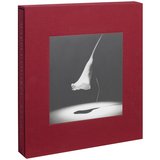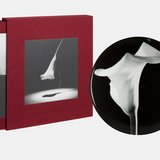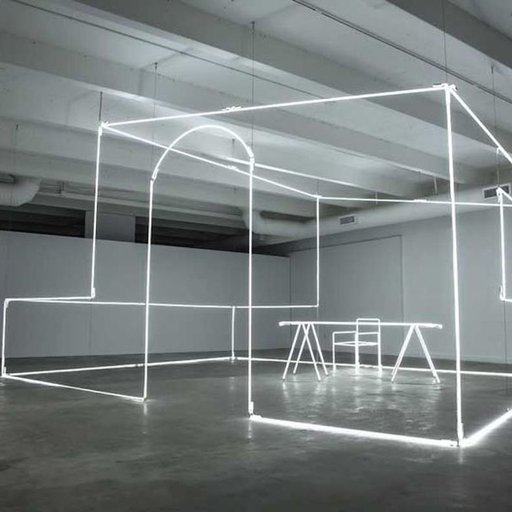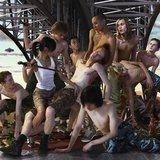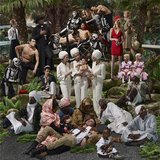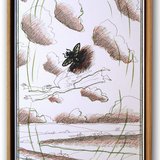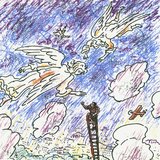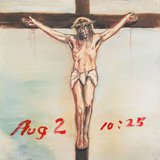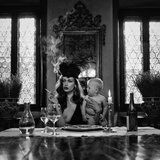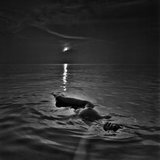|\| ART BLOG HUMOR BLOG PHOTO BLOG CULTURE BLOG |:| FOR THE RENAISSANCE MAN & THE POLYMATH WOMAN |/|
Tuesday, April 5, 2016
Hans Ulrich Obrist on Why Cao Fei Leads China’s “Postmedium” Generation
Hans Ulrich Obrist on Why Cao Fei Leads China’s “Postmedium” Generation
By Artspace Editors
March 31, 2016
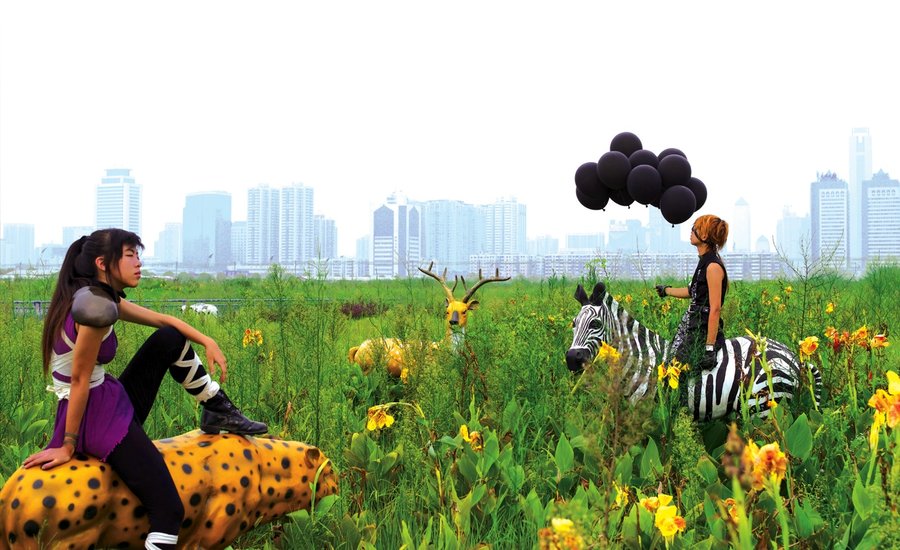
Artist Cao Fei's A Mirage from COSPlayers Series, 2004
As part of a generation of young Chinese artists coming to terms with the many paradoxes of China in the 21st century, Cao Fei has turned to pop culture and mass media as the basis for her wide-ranging, interdisciplinary approach. The results speak for themselves; her videos and multimedia projects have been shown everywhere from her native Guangzhou to the Tate Modern and the Guggenheim, and she’s become one of the most coveted contemporary Chinese artists in the international auction circuit.
In anticipation of her upcoming solo show at MoMA PS1 (the Chinese artist’s first in the U.S., opening Friday, April 3), we turn to an essay by Hans Ulrich Obrist from Phaidon’s Defining Contemporary Art, in which the curatorial superstar points to Cao’s fantastical 2004 series COSPlayers as a prime example of her groundbreaking “postmedium” practice.
Indeed, the rapidly changing landscape of Guangzhou itself has been a continual backdrop—a nexus even—for Cao’s work. As the urban fabric undergoes dynamic structural changes, she uses the city itself as a device for organizing her interdisciplinary activities. Of the artist’s video works, the eight-minute long COSPlayers has performed perhaps the most effective and wide-ranging synthesis of her concerns. Together with a related series of photographs, the work presents both a critical and spectacular picture of contemporary reality, using pop culture as a bridge rather than as a simple reference point in the orgy of appropriation and revival that characterizes our historical moment.
 Cao Fei, Golden Fighter's Despair, 2004
Cao Fei, Golden Fighter's Despair, 2004Though rooted in daily life, Cao’s work evokes countless possibilities for social transformation. Since the production of COSPlayers, the artist’s activities have ranged from her continuing co-organization of the Da Zha Lan Project—a research initiative undertaken by a loose artistic collective that documents the encroachments of modernity on residents of one of Beijing’s poorest areas—to her more recent turn, in the ongoing project RMB City, inaugurated in 2008, towards the online world of Second Life and its possibilities for creating and inhabiting a virtual reality. This invented metropolis continues to spawn new districts (and side projects such as the film she made about its making, 2009’s The Birth of RMB City). Extending the concerns of COSPlayers, and especially its collision of documentary and fantasy, RMB City’s picture of accelerated transformation in China imagines not only the future of urban change but also the future of art in a world increasingly mediated by virtual experience.
COLLECT MORE FROM PHAIDON
Botticelli as Art Bro? 12 Artworks That Prove the Renaissance Artist Is Relevant Today
The Phaidon Folio
Botticelli as Art Bro? 12 Artworks That Prove the Renaissance Artist Is Relevant Today
By Artspace Editors
April 5, 2016
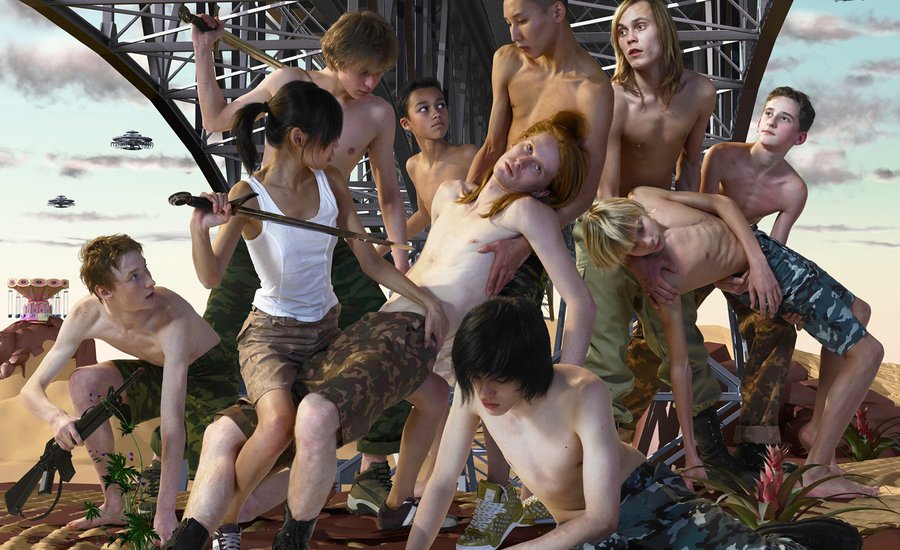
AES+F's LAST RIOT, The Bridge, 2006
The influence of Sandro Botticelli (the master of Early Renaissance painting perhaps most famously known for The Birth of Venus) extends far beyond his legacy in the cinquecento. Some things never get old, and Botticelli's influece is strongly felt even in today's contemporary artwork. With strong nods to this tradition, artists continue to employ recognizable religious iconography and motifs that hark to the biblical history potent in Botticelli’s work.
Drawn from Phaidon’s newly updated monograph Botticelli in conjunction with the Artspace archives, these six pairs of Early Renaissance masterpieces and contemporary works (now available on Artspace) illustrate the continuting relevance of this true virtuoso.
The Virgin
HEAD OF THE VIRGINSandro Botticelli
1484–85
1484–85
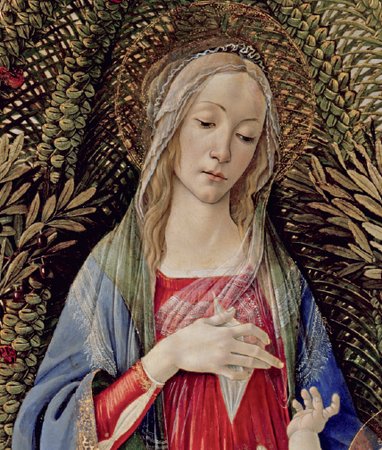
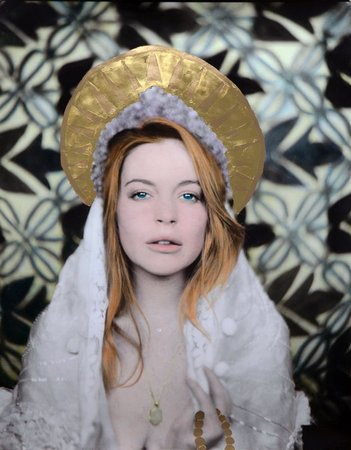
Madonna and Child
MADONNA OF THE ROSE GARDENSandro Botticelli
c.1470
c.1470


Nativity
MYSTIC NATIVITYSandro Botticelli
1500
1500


Annunciation
ANNUNCIATION
Sandro Botticelli
c.1489
Sandro Botticelli
c.1489


Crucifixion
MYSTIC CRUCIFIXIONSandro Botticelli
c.1500
c.1500


Pietà
PIETÀSandro Botticelli
After 1500
After 1500


COLLECT WORKS BY AES+F
COLLECT WORKS BY Ilya Kabakov
COLLECT WORKS BY Julian Schnabel
COLLECT WORKS BY Steven Lyon
COLLECT WORKS BY Walter & Zoniel
RELATED ARTICLES
Subscribe to:
Posts (Atom)



